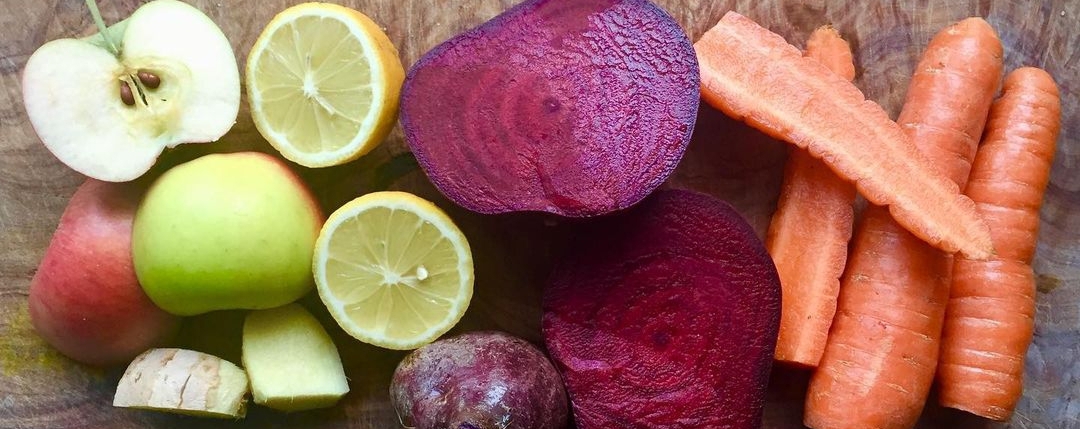I had always been interested in health and wellness. I was a regular at the gym and loved trying out new diets and supplements. Recently, I had become interested in juicing and blending and decided to do some research to learn more about the two.
Juicing and blending were both popular ways to consume fruits and vegetables in a concentrated form, but I quickly discovered that there were some key differences between the two methods.
Juicing was the process of extracting juice from fruits and vegetables, leaving behind the fibrous pulp. This could be done using a specialized juicing machine, which would grind and press the produce to extract the juice. We know this to be juicers, of which there are many different kinds.
Blending, on the other hand, involves blending whole fruits and vegetables, including fiber and pulp, into a smoothie or shake. This could be done using a regular blender or a specialized smoothie maker.
I was still asking myself what the good and bad were when it comes to each method. After all, nothing is only about the good. So I decided to be my own private eye!
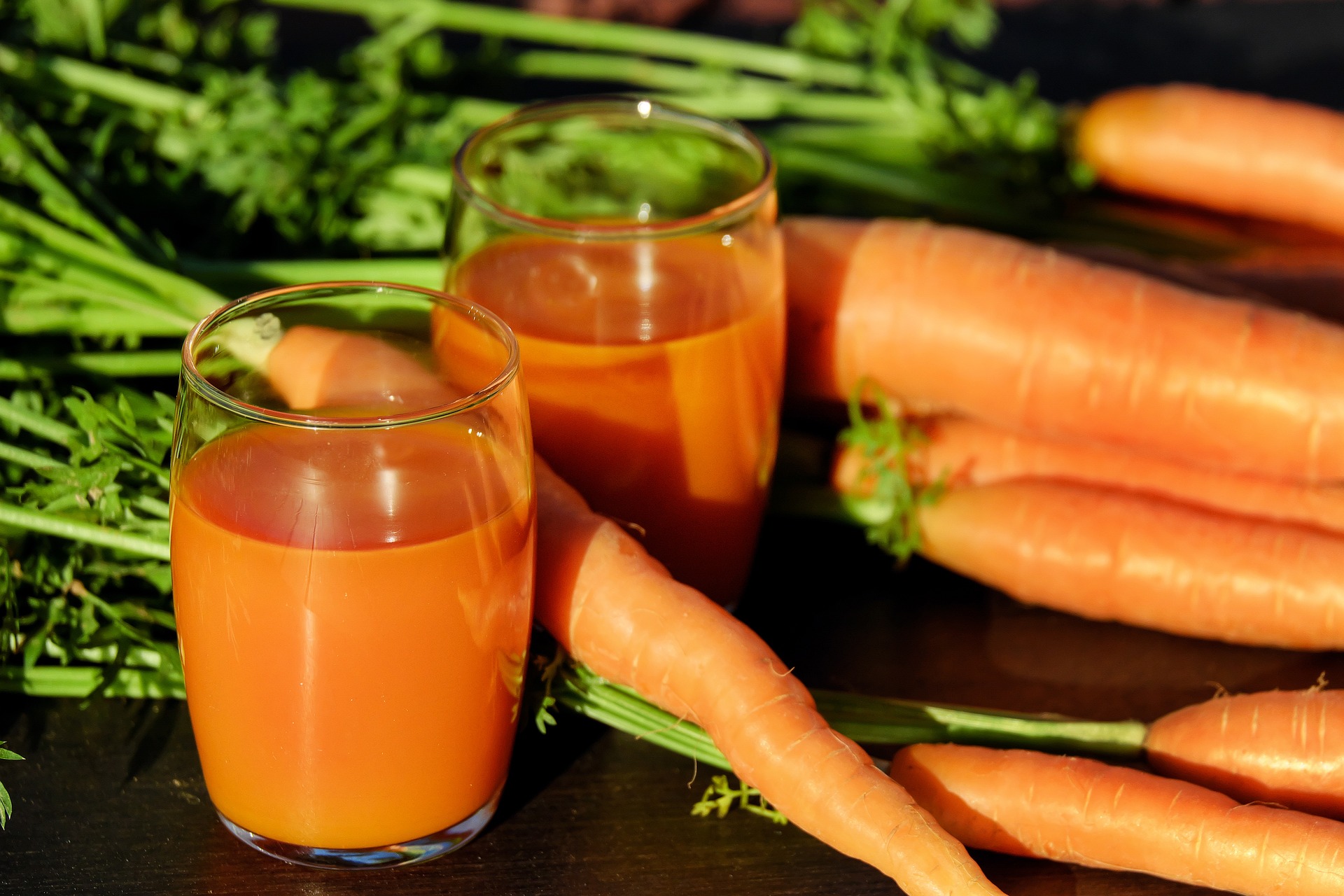
Juicing
My Nanct Drew skills led me to realize that one of the main benefits was that if you drink fresh juice you are taking in a large quantity of fruits and vegetables chock full of nutrients — but in a concentrated form. This could be especially great for those with kids who are picky eaters and simply refuse to eat veggies! This could also be good for those on the go who never really had that much time for a complete meal.
Juicing also made it easier for the body to absorb the nutrients from fruits and vegetables since the fiber had been removed. If you suffer from a sensitive digestive system where you cannot consume just about anything, then juicing will be a good choice for you.
However, juicing can be expensive! Juicing machines could be costly, and it took a lot of produce to make even a small amount of juice. Plus, the process involved in juicing could be time-consuming, as it involved peeling and chopping the produce before feeding it into the machine.
Another potential downside of juicing was that it could be high in sugar. When fruits and vegetables were juiced, their natural sugars were concentrated in the juice. This could be a concern for people with blood sugar issues, such as diabetes.
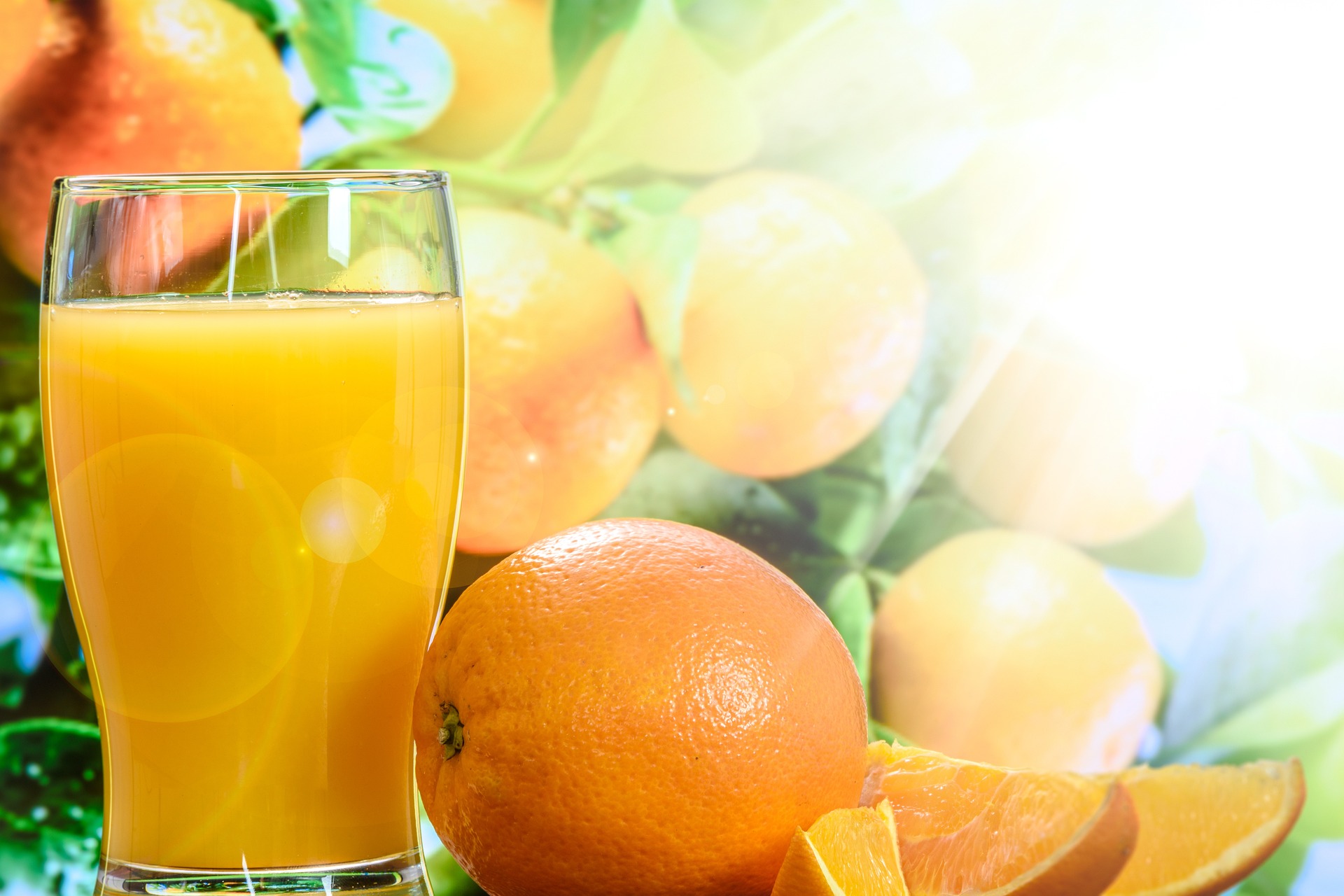
Blending
Blending had some distinct advantages over juicing. First of all, it was quicker and easier! All you have to do is throw a handful of fruits and vegetables of your choice into a blender and have a fully nutritious shake in no time!
Blending also retained the fiber and pulp from the fruits and vegetables, which was important for digestion and satiety. Fiber is very important in any meal. It helps to slow down the absorption of sugar in the bloodstream, making it extremely beneficial for people with blood sugar issues.
However, blending did have some downsides as well. For one, it could be less convenient than juicing, as it involved washing and chopping the produce before blending it. Also, not everyone likes blended fruits and veggies based on the thickness and coarseness it comes with.
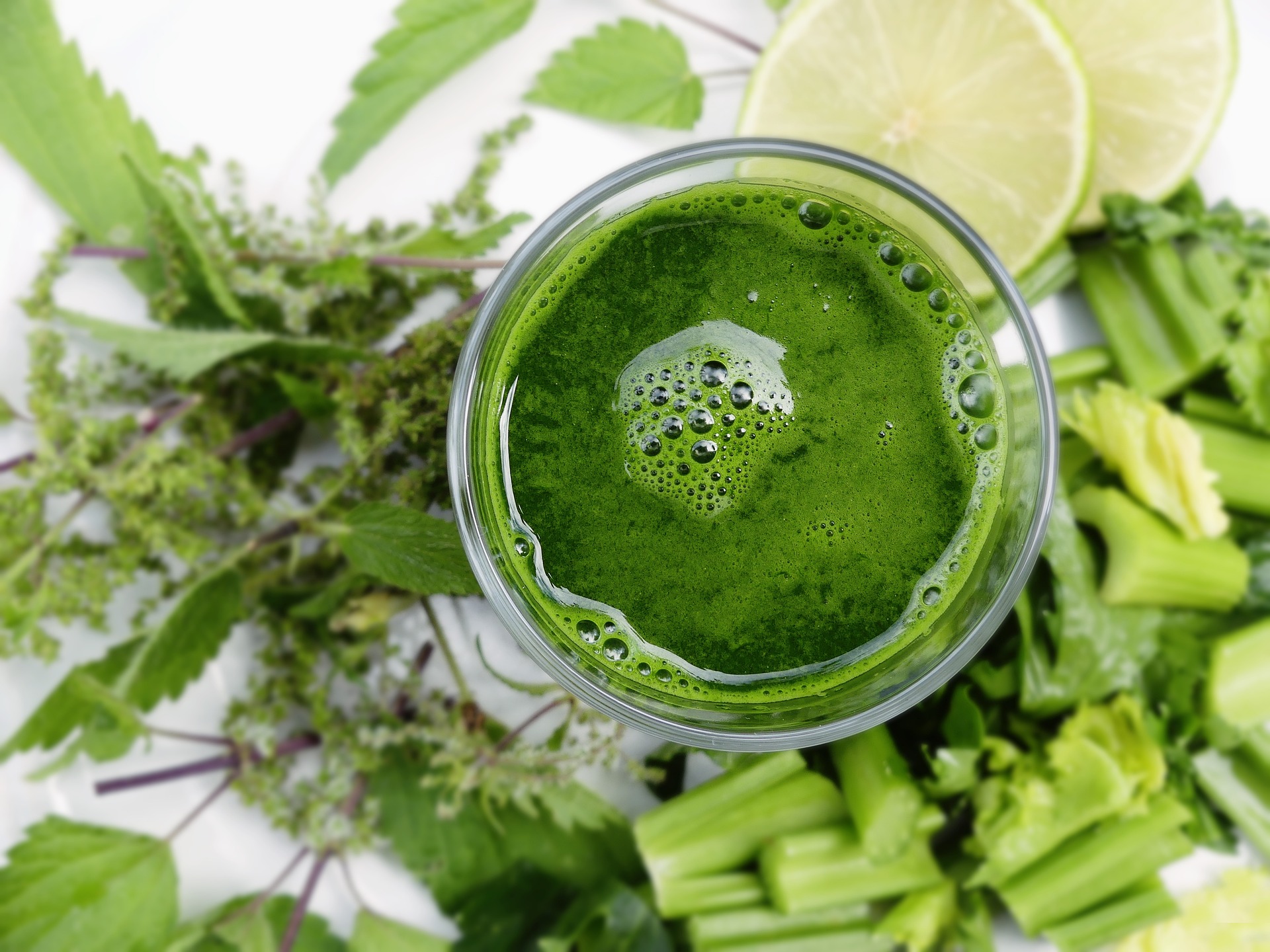
Juicing vs Blending – The Debate
There are still debates surrounding which is better.
Some experts argued that juicing was the superior method since it allowed for a more concentrated dose of nutrients and was easier on the digestive system. Others pointed out that blending was the better option, as it retained the fiber and was less expensive and time-consuming.
Hmmm, I was even more undecided about which would be better, so I did the next best thing. I tried them both for myself! I started by investing in a juicer and began making fresh vegetable juices each morning. I enjoyed the taste and the feeling of getting a concentrated dose of nutrients first thing in the morning. I literally had a fresh burst of energy after about a week.
However, I found that the juicing process could be time-consuming and expensive, and I missed the fiber that was left behind in the pulp. (Yes! I’m a lover of texture!). And so I decided to try blending as well and found that I enjoyed the convenience and the texture that blending everything together offered. I liked the fact that I could easily include a variety of fruits and vegetables in my shakes, and that the fiber helped to keep me feeling full and satisfied for hours. And I got that texture that I love… seriously I’m not a plain milk chocolate type of person. I’m the mixed nuts and raisins type. I love the combination of different flavors.
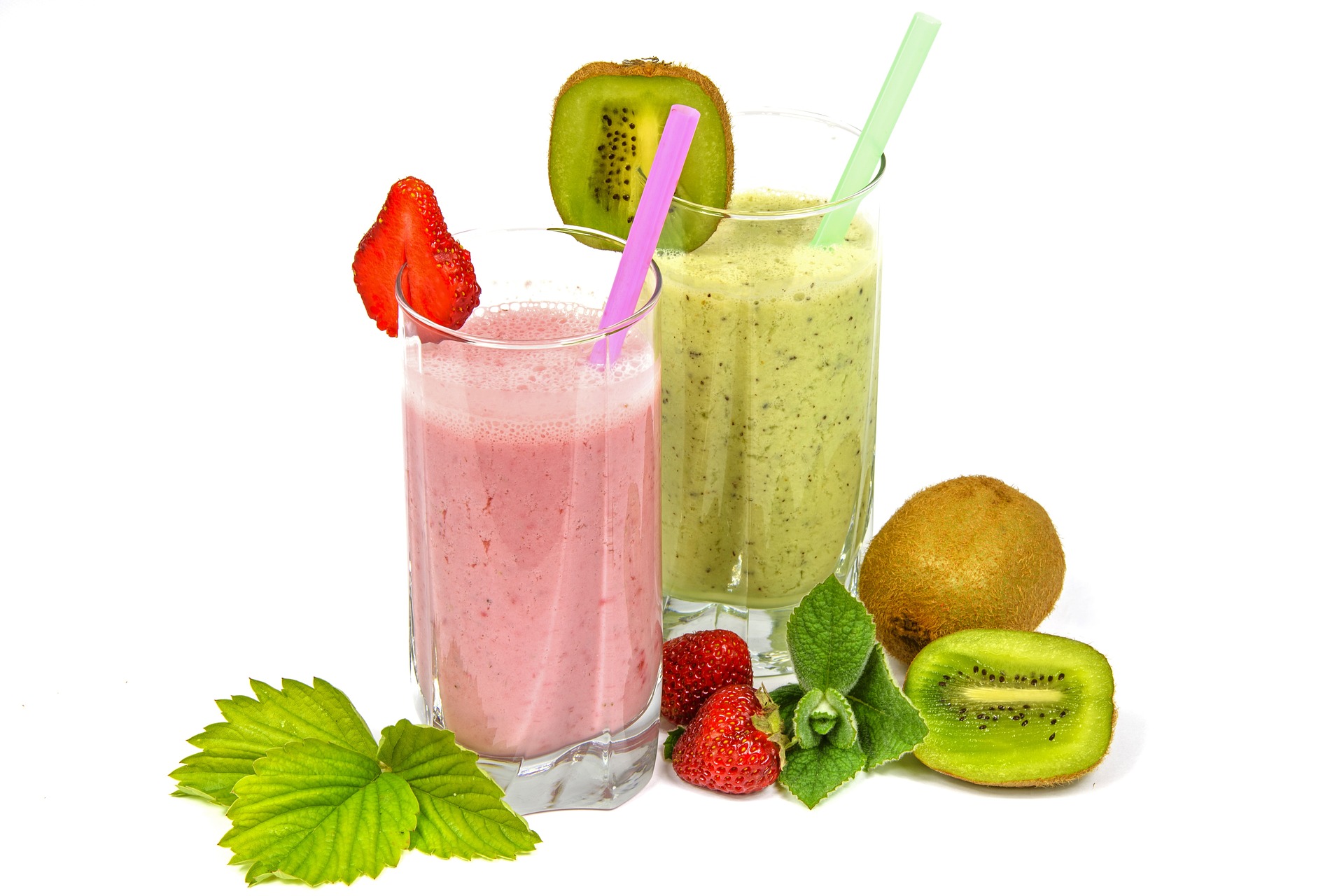
Conclusion
In the end, I realized that it didn’t really matter what the experts say. The experts, in this case, would be you and what you preferred. There wasn’t necessarily a right or wrong answer to it. Both blending and juicing had their advantages and disadvantages, and it ultimately came down to personal preference and lifestyle.
I decided to continue to experiment with both methods, using juicing when I wanted a more concentrated dose of nutrients and blending when I wanted a quick and easy meal or snack. By incorporating both into my routine, I was able to enjoy the benefits of both methods and keep my health and wellness goals on track.
It’s great if you too are able to explore the differences between juicing and blending and find a method that works for you. But thankfully, we already did that for you so you now have a better understanding and do not have to go through all that work yourself, however, if you are still not sure, try it for yourself! you may very well surprise yourself!
As mentioned, both methods have their advantages and disadvantages, and the decision ultimately comes down to personal preference, lifestyle, and taste buds.
Ultimately, juicing and blending can be a great way to incorporate more fruits and vegetables into your diet, and that’s what really matters. How you consume them and in what form — juice or blended is all up to you. Either way, it’s a win-win situation!

